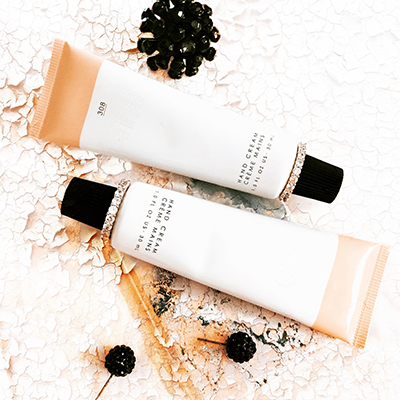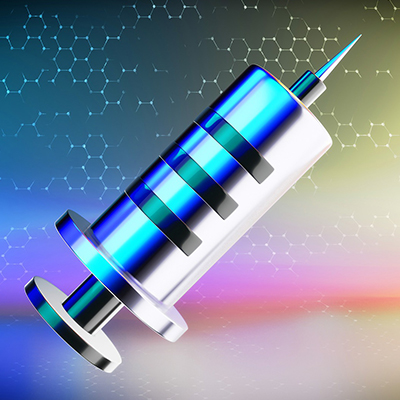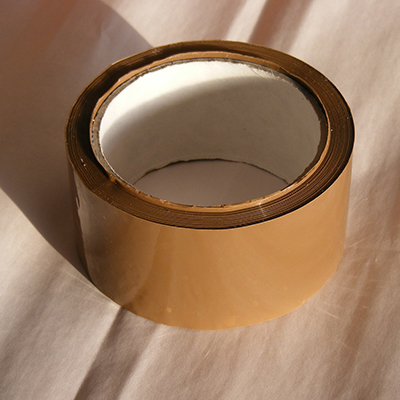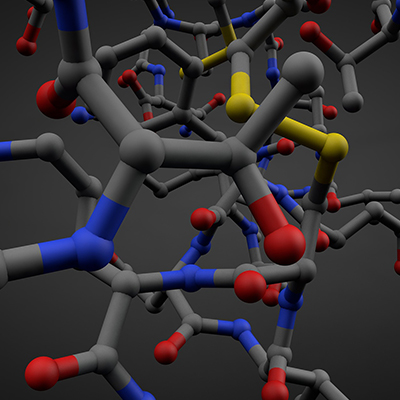Zinc Oxide Nanoparticle
Zinc oxide nanoparticles are nanoparticles of zinc oxide (ZnO) that have diameters less than 100 nanometers. The most common use of ZnO nanoparticles is in sunscreen. They are used because they effectively absorb ultraviolet light, but possess a large enough bandgap to be completely transparent to visible light.
Zinc Oxide Nanoparticle also have anti-microbial properties, high thermal resistance, high versatile and improve flexural strength properties.
Application

Personal Care Products

Biomedical Application

Self-Compacting Concrete

Sensor

Solar Cells

Paints & Coatings
Copper Oxide Nanoparticle
Copper Oxide nanoparticles display unique characteristics including catalytic and antifungal/antibacterial activities that are not observed in commercial copper. First of all, copper nanoparticles demonstrate a very strong catalytic activity, a property that can be attributed to their large catalytic surface area. With the small size and great porosity, the nanoparticles are able to achieve a higher reaction yield and a shorter reaction time when utilized as reagents in organic and organometallic synthesis.
Copper Oxide nanoparticles are also having super thermal conductivity, photovoltaic properties, high stability, unique magnetic properties and semi conductivity properties.
Application

Anti-Microbial products

Sensors

Batteries

Electronics

Agriculture Industries

Solar
Magnesium Oxide Nanoparticle
Magnesium oxide nanoparticles are odorless and non-toxic. They possess high hardness, high purity, high melting point, produces reactive oxygen species (ROS) and a high electric insulator. Magnesium oxide nanoparticle (nMgO) is a light metal based antimicrobial nanoparticle that can be metabolized and fully resorbed in the body.
Application

Paints

Electronics

Adhesive

Agriculture Industries

Antennas

Flame Retardant
Silicon Dioxide Nanoparticles
Silicon Dioxide nanoparticles are amorphous materials and are generally spherical in shape. They can be made to have a broad range of sizes and their surface chemistry easily modified to target a variety of applications. Regardless of size, dried silica nanoparticles are a white powder. In their nonporous form, silica nanoparticles are known for being absorbent and abrasive, whereas mesoporous silica nanoparticles have important applications in drug delivery and nanomedicine.
Silicon Dioxide nanoparticles is also having high thermal conductivity, improve mechanical strength, large specific surface area, strong surface adsorption, large surface energy, anti-microbial properties.
Application

Polymer Nano Composite

Textile Industries

Biomedical Application

Paints and Inks

Agriculture Industries

Cement
Aluminum Oxide Nanoparticles
Aluminum Oxide nanoparticles can be obtained by several methods including, pyrolysis, sputtering, sol gel and the most commonly preferred technique laser ablation.
Aluminum Oxide nanoparticles high thermal properties, fire retardancy, chemically stability, anti-corrosive, improve mechanical properties, electrical insulating.
Application

Paints & Coatings

Polymer Nano Composite

Automotive Industries

Ceramics

Cosmetics

Oil & Gas
Iron Oxide Nanoparticles
Iron Oxide nanoparticles have attracted considerable interest due to their superparamagnetic properties and their potential biomedical applications arising from its biocompatibility and non- toxicity. Recent developments in the preparation of IO nanoparticles by thermal decomposition of iron carboxylate salts have significantly improved the quality of traditional IO nanoparticles in terms of size tunability, monodispersed and crystalline structure.
Iron oxide nanoparticles is also having superparamagnetic, biocompatibility, catalysts, anti-microbial, nano adjuvant, high thermal conductivity.
Application

Sensors

Agriculture Industries

Biomedical Application

Coatings

Batteries

Electronics
Titanium Dioxide Nanoparticles
Titanium dioxide nanoparticles also called ultrafine titanium dioxide or microcrystalline titanium dioxide, are particles of titanium dioxide (TiO2) with diameters less than 100 nm. Ultrafine TiO2 is used in sunscreens due to its ability to block UV radiation while remaining transparent on the skin. It is in rutile crystal structure and coated with silica or/and alumina to prevent photocatalytic phenomena.
Application

Paints

Cosmetics

Water Treatment

Coatings

